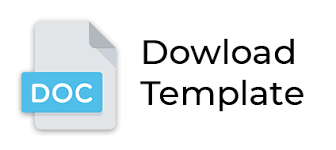Effect of Chewing Xylitol Gum on Salivary Volume and Acidity
DOI:
https://doi.org/10.28932/jmh.v1i5.542Abstract
Dental caries or tooth decay is a result of the production of acid from fermentation ofbacteria that destroy tooth tissue. It can be prevented by maintaining the stability of salivaryvolume and acidity. Chewing xylitol gum is beneficial for increasing salivary volume andacidity. The aim of the study is to determine the effect of chewing xylitol gum on salivary volumeand acidity. The study is a quasi experiment conducted to 30 males aged between 17-25 yearsold. Pre and post treatment’s salivary volume are measured with measuring cup. Pre and posttreatment’s salivary acidity are measured using a pHmeter with 0,1 accuracy. Data areanalyzed with paired “t†test (a = 0,05). Average salivary volume after chewing xylitol gumincreased very significantly from 0,26 mL to 13,37mL (p=0,000). Average salivary acidity afterchewing xylitol gum increased very significantyly from 6,47 to 7,36(p=0,000). The researchconcludes that chewing xylitol gum increases salivary volume and acidity.Keywords : dental caries, xylitol, salivary volume, salivary acidityDownloads
Download data is not yet available.
Downloads
Published
2017-02-28
How to Cite
1.
Angwarmase A, Tih F, Hidayat M. Effect of Chewing Xylitol Gum on Salivary Volume and Acidity. J. Med. Health [Internet]. 2017Feb.28 [cited 2025Jan.18];1(5). Available from: http://224305.koshikahk.tech/index.php/jmh/article/view/542
Issue
Section
Articles
License
Authors who publish with this journal agree to the following terms:
- Authors retain the copyright and grant the journal right of first publication with the work
simultaneously licensed under a Creative Commons Attribution-NonCommercial 4.0 International License that allows others to share the work with an acknowledgement of the work's authorship and initial publication in this journal. - Authors are able to enter into separate, additional contractual arrangements for the nonexclusive distribution of the journal's published version of the work (e.g., post it to an institutional repository or publish it in a book), with an acknowledgement of its initial publication in this journal.
 This work is licensed under a Creative Commons Attribution-NonCommercial 4.0 International License.
This work is licensed under a Creative Commons Attribution-NonCommercial 4.0 International License.

















